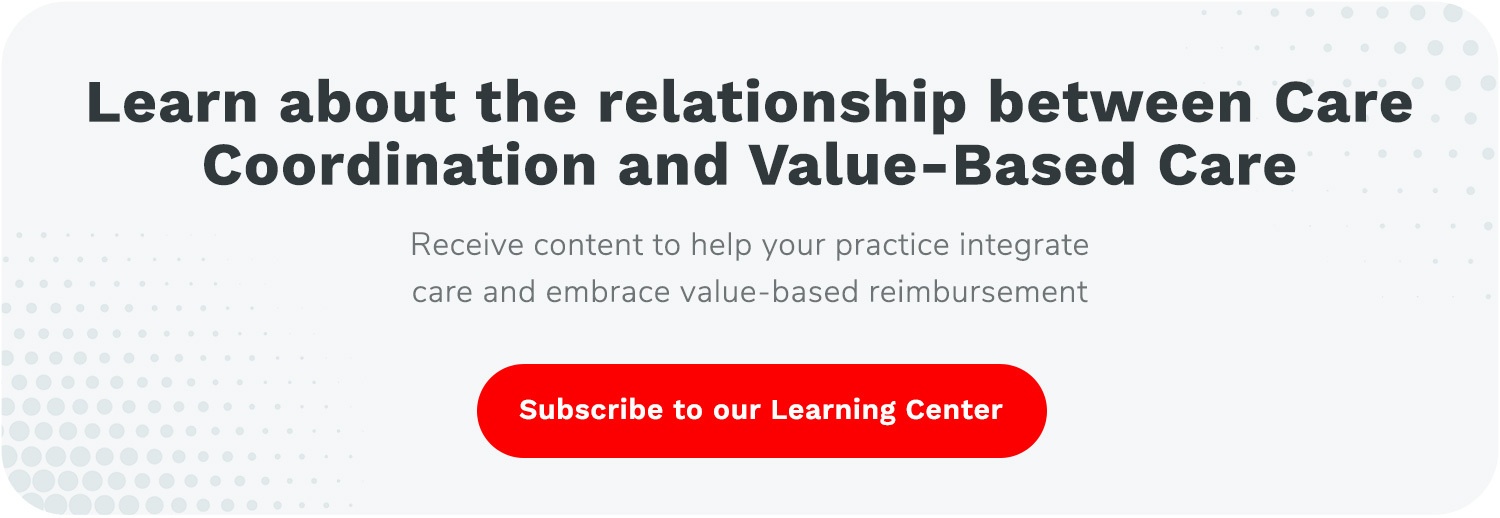Suggested Target Populations for Care Management Programs
One of the most important steps when starting a care management program, like Chronic Care Management, is enrolling patients. But, what patients should you be targeting to enroll in your program?
In this video, we’ll break down the ideal patients and populations to focus on for care management program enrollment.
Common target populations for a chronic care management program can vary based on the healthcare organization's goals, community needs, and available resources. Identifying these populations and targeting them can help to increase enrollment in CCM and benefit these patient’s health outcomes.
Ideal Patient Populations for Care Management Enrollment
The first patient population is Highly Comorbid patients. These individuals are managing three or more chronic health conditions simultaneously, such as diabetes, hypertension, heart disease, and COPD. Care coordination with a Chronic Care Management program is essential to address their complex medical needs and prevent complications.
Second is patients with Chronic Future Risk. This group consists of individuals over the age of 65 who have one chronic condition and additional associated risk factors, including volume of medications or number of primary care visits in the last 12 months.
Next is patients with Frequent Emergency Room Visits. These patients have visited the emergency room three or more times in the past year, suggesting a pattern of unmanaged health issues or inadequate primary care.
Another population to target is those with Frequent Inpatient Admissions. Individuals in this group have been admitted to the hospital two or more times in the past year and have at least one chronic health condition. Coordinated care is crucial to address both their acute and chronic healthcare needs and reduce hospital readmissions.
Smoking Cessation is another group to target. These are individuals who are currently active smokers and wish to quit. Care coordination can provide smoking cessation programs and support to help them quit smoking for improved health.
Next, look into populations with a Risk for Readmission. Patients in this category have been recently discharged from the hospital within the last 90 days and have a high risk of being readmitted due to their health status. Care coordination through a Transitional Care Management program focuses on post-discharge support and follow-up care to reduce readmission risks.
Another group ideal for care management programs is those who require Long-Term Services and Support. This group includes individuals aged 65 or older who require assistance with Activities of Daily Living or Instrumental Activities of Daily Living. Care coordination assists in providing appropriate long-term care services and support.
A population that can be overlooked is those requiring Behavioral Health Services. These patients are dealing with behavioral health conditions, such as depression, anxiety, bipolar disorder, or substance use disorders. Care coordination, through a program like Behavioral Health Integration, aims to ensure they receive integrated care for both their physical and mental health needs.
And finally, look to patients who require Weight Management services. This population consists of individuals with a Body Mass Index indicating obesity or underweight. Care coordination with Remote Patient Monitoring and a supplied device helps individuals to manage their weight through lifestyle changes, nutrition, and appropriate medical interventions.
There are many different populations to target with various care management programs in order to boost program enrollment. Utilizing a care management tool with data analytics can help to focus your search for these targeted populations.



